Shane Warne was ‘the king of mind games’
South Africans loved to hate him, but the supremely talented and bigger-than-life spin bowler from Australia had an impact on the country that few cricketers can match.
Author:
12 March 2022
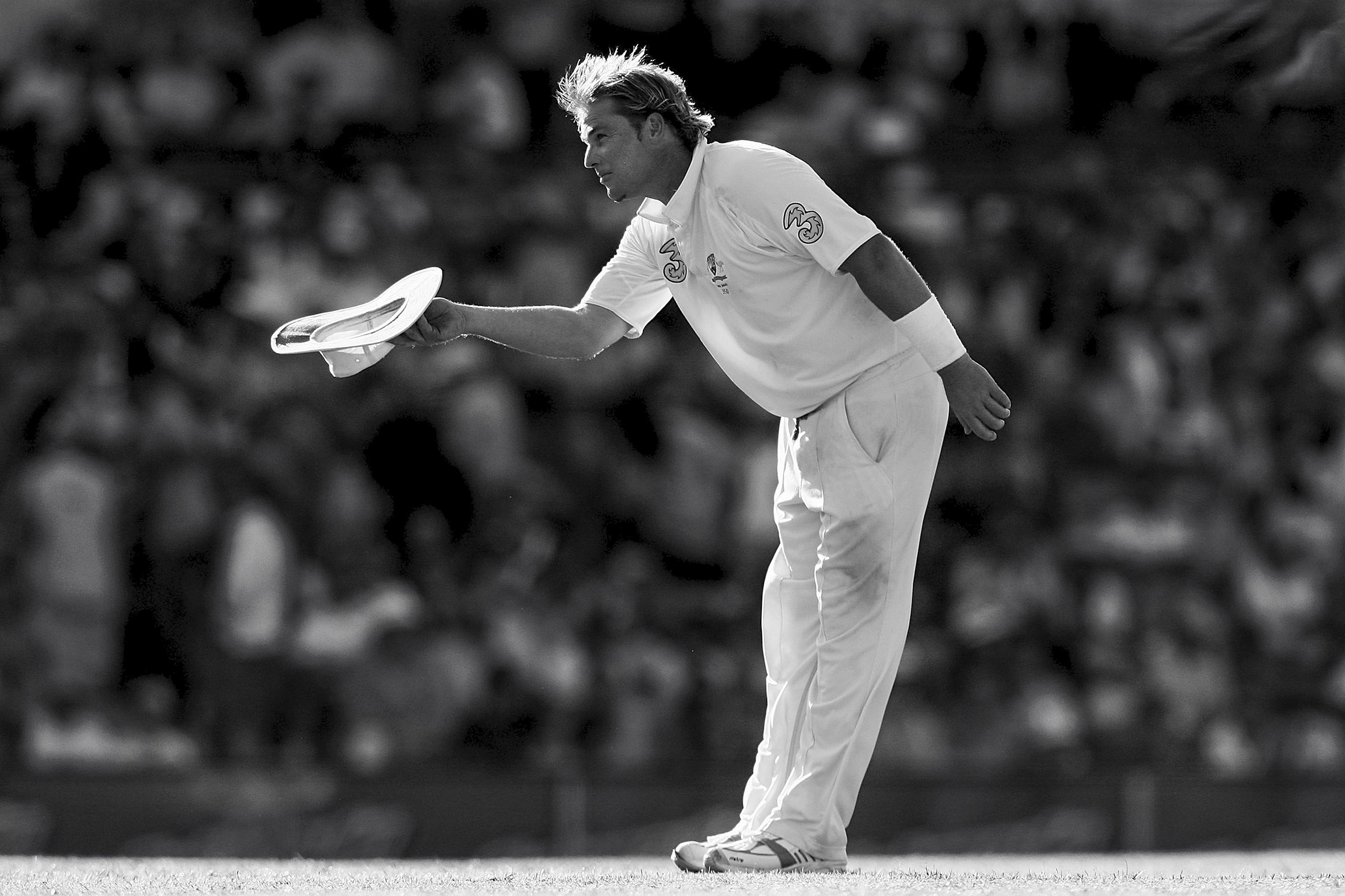
When a giant falls, the whole world trembles. A week has passed since Shane Warne’s sudden death but the tremors are still reverberating around the globe. Anyone with even a remote interest in the fate of a cricket ball will have felt the pang of the Australian’s passing.
For a generation of South Africans, Warne was the point of difference. He was the next rung on the ladder, the unreachable inch beyond the threshold, the unobtainable ingredient that would have eased so much heartache if only we had a piece of it.
For Glenn McGrath there was Allan Donald. For Steve Waugh there was Hansie Cronje. For Ricky Ponting there was Jacques Kallis. For Warne there was no equivalent. And the slew of bamboozled batters and series triumphs he left in his wake emphasised the rare gift that Australia refused to share.
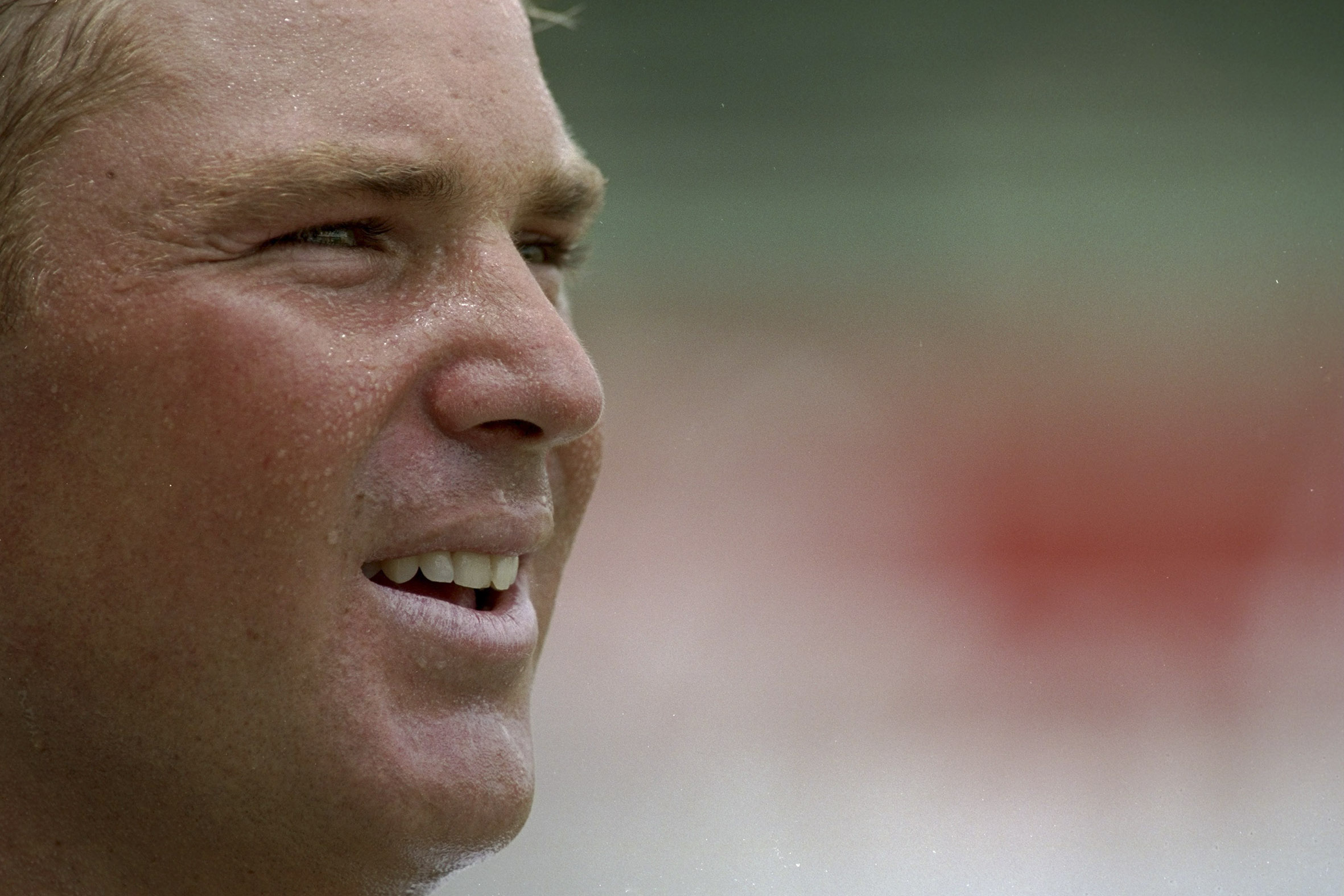
“He was the best I ever played against, no question,” says Herschelle Gibbs, who faced 486 deliveries from Warne across 12 Tests and five one-day internationals (ODIs), scoring 240 runs for the loss of eight wickets. “He was unlike anything I’d ever seen and probably will ever see again. He was special. I don’t know what else to say. Anyone who played against him should consider it an honour. I certainly do.”
Warne’s explosion on to the world stage coincided with South Africa’s reintroduction to the international community. How fitting that a fractured, kaleidoscopic nation would begin anew in conjunction with one of the most vibrant personalities the sport had ever seen.
His first encounter with the Proteas in December 1993 came six months after he unleashed the Ball of the Century during the Ashes against England. That fizzing, dipping, ripping leg spinner that bowled Mike Gatting after pitching in a different area code cemented Warne’s status as a blockbuster talent.
“We’d heard about him and knew he was a serious player,” says Gary Kirsten, one of the few batters who won his personal duel with Warne, averaging 53.4 from 18 Tests while being dismissed just five times. “We didn’t have the analysis the guys have today, but we didn’t need to study him too much to know that he’d be a real threat.”
Sledge expert
Over 13 years, Warner accounted for 130 South African wickets in Tests and 60 more in ODIs. Many of them were procured through skill and variation, through the skidding flipper or the discombobulating top spinner. A good portion though were the result of something far more sinister than one that turns the other way.
“Warnie was the king of mind games,” Gibbs says. “He’d have this look in the eye that showed he was the top dog. This was his show. He’d get guys out before they even took guard against him. He could be quite brutal.”
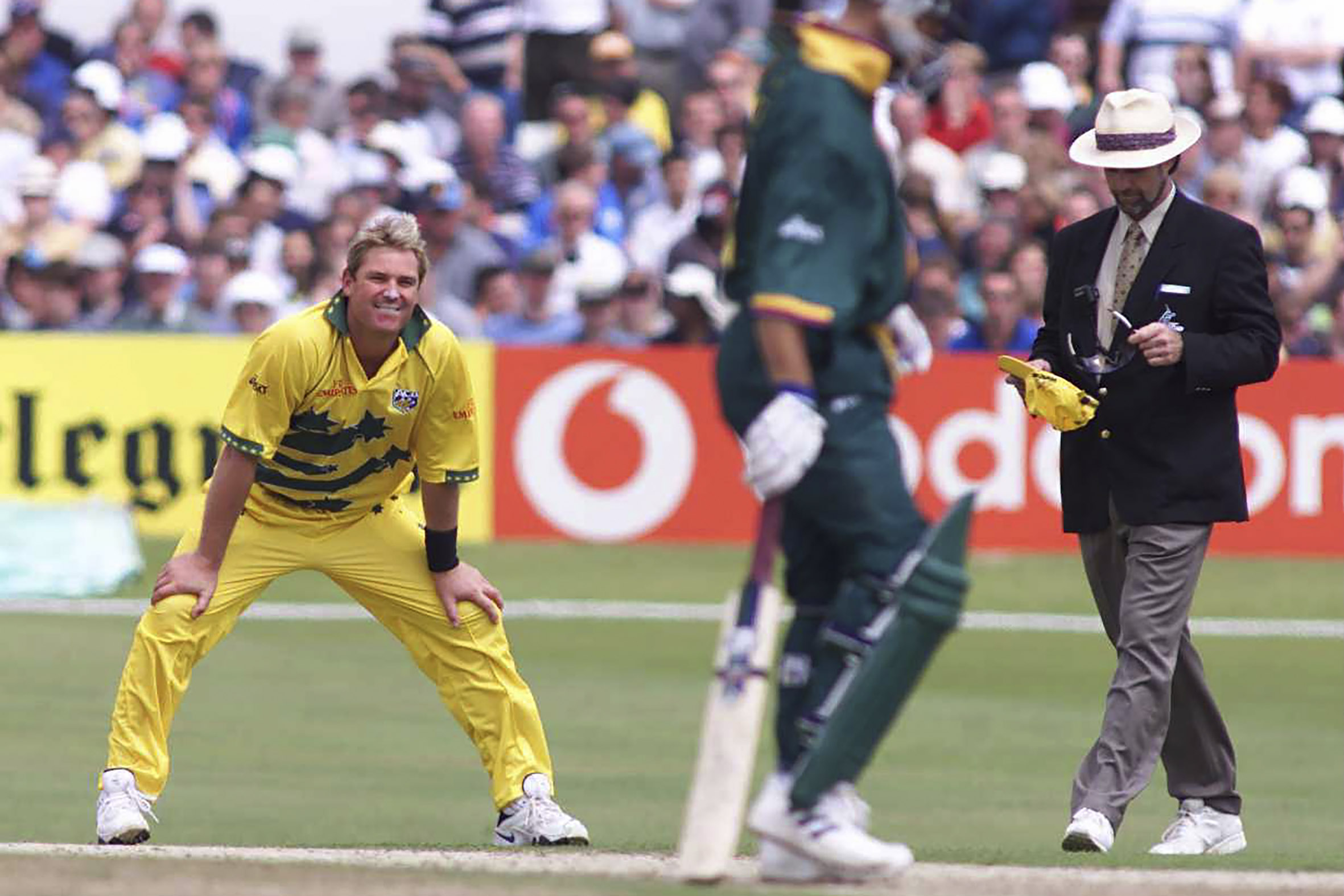
His domination over Daryll Cullinan – “A bloody good cricketer, let’s not forget that,” says Gibbs – led to the South African batter seeking help from a therapist. The next time the two played against each other in the Melbourne Test of 1997, Warne told him, “Daryll, I’ve waited so long for this moment and I’m going to send you straight back to that leather couch.”
Spin bowling is an art rooted in deception. It relies on smoke and mirrors, sleights of hand and downright lies. Post retirement Warne toured the poker circuits, continuing to bluff as he’d always done on the cricket field. He didn’t need to frighten his opponents with crass bouncers like those fast bowlers who start their run-ups from the sight screen. He reached levels of intimidation that those snarling brutes could scarcely fathom.
“He was the first guy who showed how potent an aggressive mindset could be for a spinner,” says Paul Harris, who collected 103 Test wickets for South Africa during a successful period for the side between 2007 and 2011. “I’d never claim to have anywhere near the skill he had, but what I did have was that desire to get in a scrap. Like him, I believe I made the most of the talent I did have. I was a holding bowler but I would get stuck in. If I felt like I was on top, I’d let the batsman know. Warnie set a blueprint that every spinner since has followed in some way.”
Inspiration for a generation
Warne made leg spin sexy. He was the electric guitar solo in a classical orchestra. Who didn’t pick up a ball during his reign and wonder what it must have been like to conjure magic with a rotating shoulder?
“There isn’t a wrist spinner alive today, at any level, who wasn’t inspired in some way by Shane Warne,” says Tabraiz Shamsi, a unique breed of South African cricketer who has taken 107 wickets for his country bowling left-arm wrist spin. “I started as a seam bowler but began spinning it at 14. I’d watch Warne and the things he’d do. He is a legend. The best ever.”
Bowling accurate wrist spin is the most difficult skill in the sport. Every player interviewed for this piece agrees with that sentiment and few who have ever tried it would argue. Those who have the gumption to attempt it in the middle of a cricket field are part of a collective that transcends national allegiances.
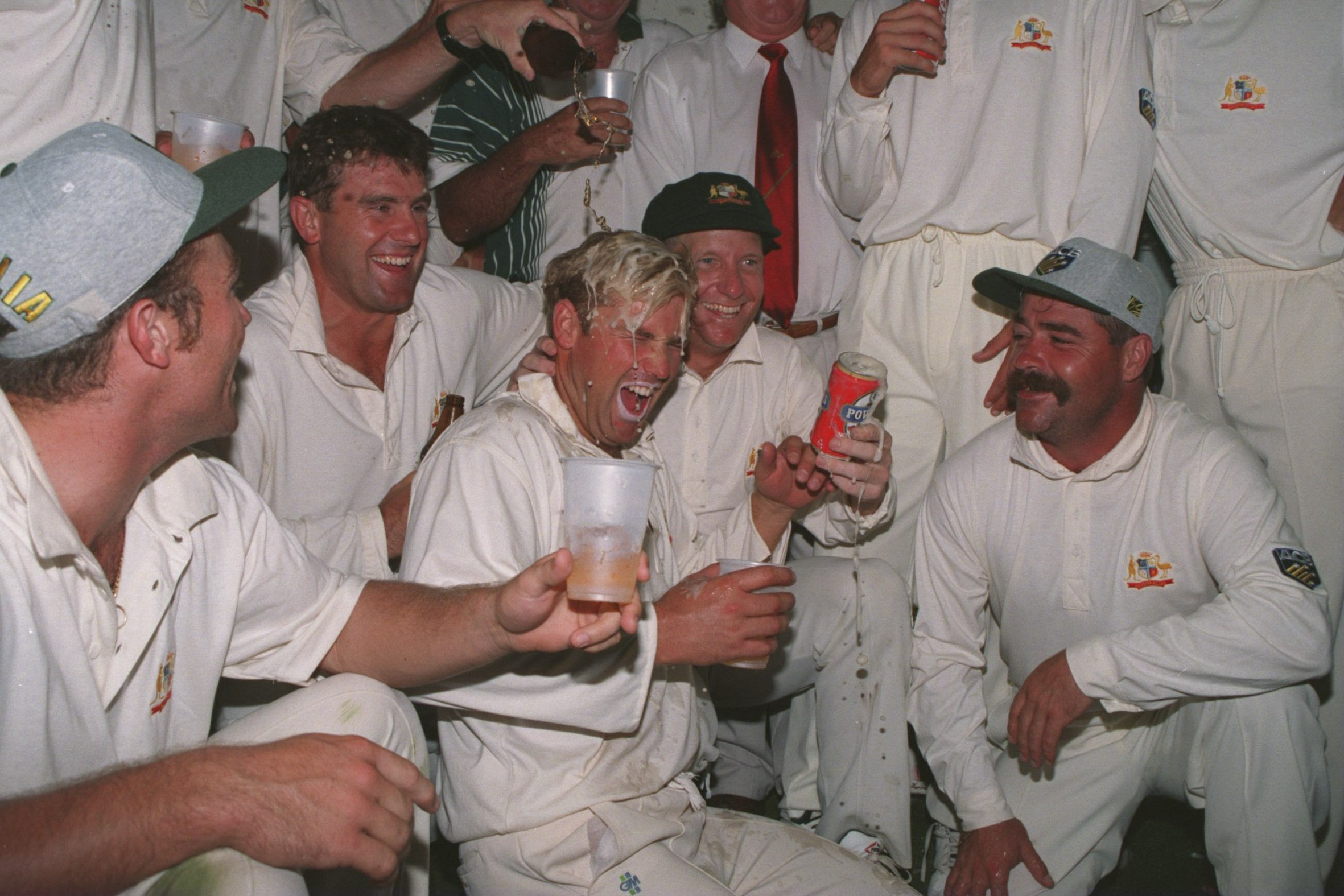
“It’s self-taught and there aren’t many coaches who can help you as you develop,” says Shamsi. “That’s why you’ll see leg spinners talk to each other after games, helping each other, giving tips. Shane was always happy to offer advice. He spoke to me a couple of times over my career. I think he really respected the fact that I was doing this thing on the world stage. He knew more than anyone what it took to succeed.”
Shamsi doesn’t claim to be South Africa’s answer to Warne. There were hopes that Imran Tahir might replicate some of the Australian’s success, but his inability to control the tempo of a Test innings while also taking wickets limited his impact in the red-ball game. Before him, Paul Adams’ mystery and beguiling action offered a glimpse of what might have been, but a combination of injuries and lack of accuracy meant he never reached those heights. Adams admitted last year that the unfair comparisons with Warne weighed heavily on him.
The best ball
So if we couldn’t have him, we’d hate him. Warne was painted as loud and brash. As a boozer, a womaniser and a lout. He was the condensed version of the uncouth Australian culture that chafed against our idealised sensibilities like a piece of sandpaper. What’s more, he grabbed big moments as if they were his by right.
There were none bigger than the 1999 World Cup semifinal. Donald’s dropped bat and Lance Klusener’s near miss are the enduring memories of that tied match in Birmingham that saw South Africa knocked out of the tournament. But it was Warne’s dismissal of Gibbs that yanked the game from its original course and placed it on a rickety track.
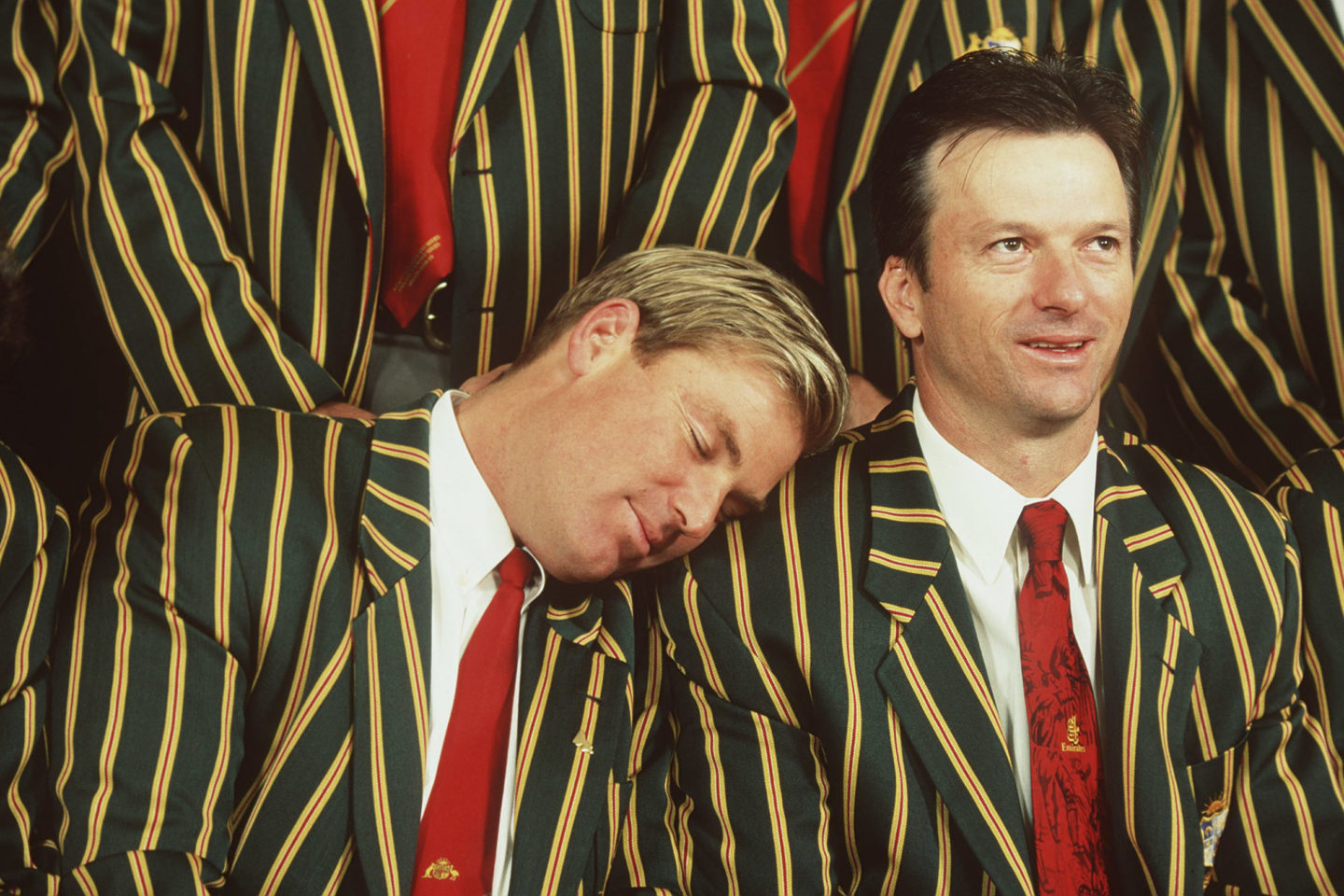
“That was the best ball I ever faced,” Gibbs said. “In terms of the context, it’s probably even better than the ball that got Gatting,” adds Kirsten.
South Africa were chasing 214 for victory and were cruising at 48 for none from 12 overs. Gibbs and Kirsten had struck seven boundaries and were in complete control. Then Warne came on. In his second over he turned his arm over. The ball drifted towards Gibbs’ pads. It bit into the pitch and arrowed across his body, taking the top of his off stump much to Gibbs’ bewilderment.
In his next over, Warne bowled Kirsten on the sweep and then had Cronje caught at first slip (though the ball clearly hit the batter’s foot and not his bat). From 48 for no loss South Africa were teetering at 53/3. After a rebuild, Warne removed Kallis for 53, never letting the South Africans wriggle from his grasp.
‘One guy did that’
“We would have won that match and probably the World Cup if it wasn’t for Shane,” Gibbs says. “Imagine where we’d be now? We wouldn’t be known as chokers. We’d have gone down in history as one of the best one-day teams in the world. One guy did that. Incredible, hey?”
After the match, Kirsten and a few senior players were meandering around Birmingham, incredulous at what had just transpired. A few senior Australians, Warne among them, were out on the town celebrating. Fate inevitably brought them together.
“I’ll never forget Warne’s humility that night,” says Kirsten. “We eventually spoke about the game and he said to us that it was the best he’d ever been involved in. I agree, it was a career highlight even though we ended up on the wrong side of things. He just loved the sport so much. That night, drinking beers with the Aussies, that will stay with me forever.”
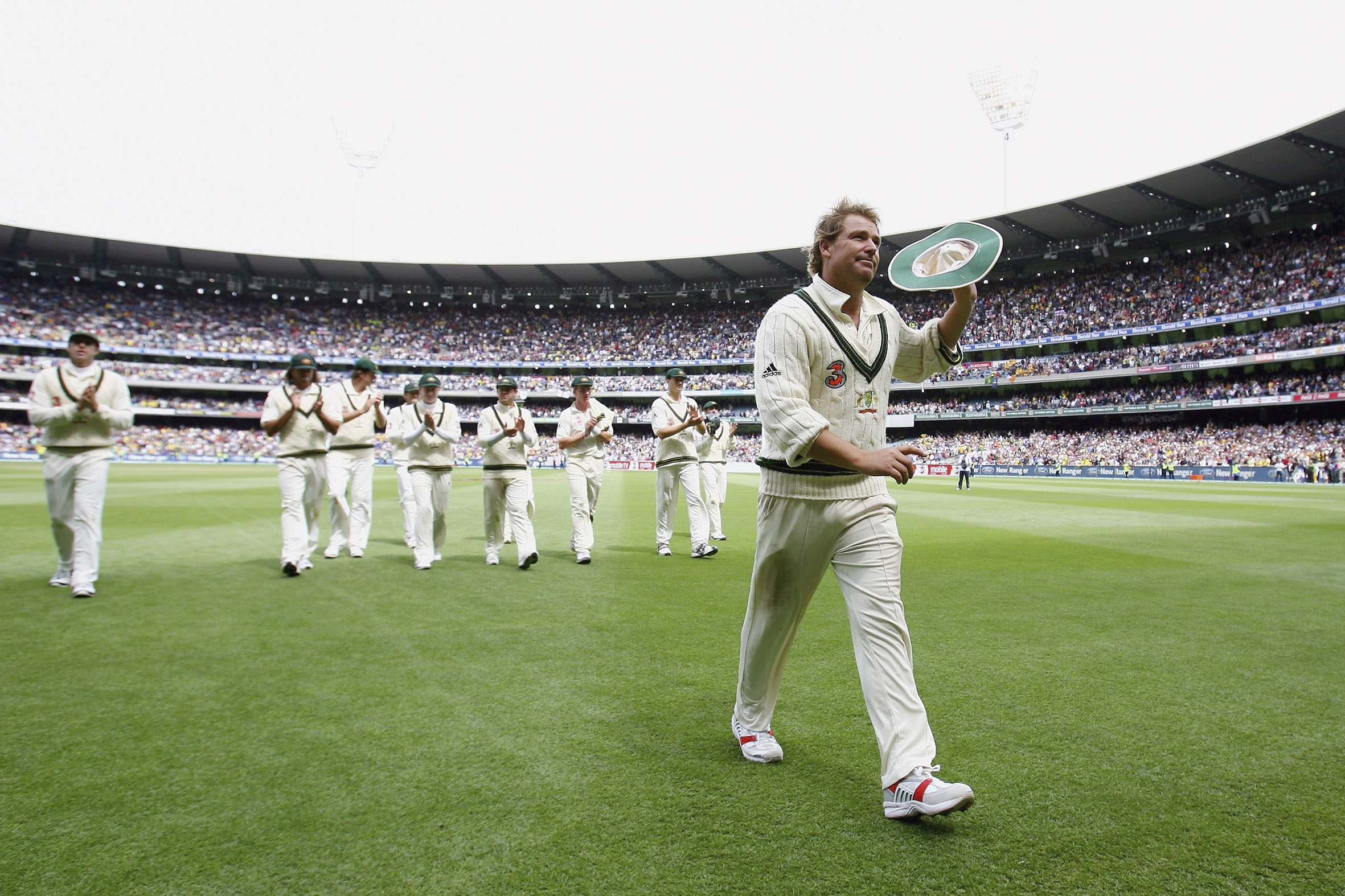
This was a side of Warne that South African fans rarely saw. Perhaps it was our jealousy, our jingoism or our annoyance at the sight of yet another one of our batters humiliated by his hand that blinded us to his humanity. That’s all history now. In the void he leaves behind, we are afforded the opportunity to contemplate what he meant to us.
He was the player we loved to hate more than any other. At times we hated that we loved him so much. And as testimonies continue to pour in, we can take solace that South Africa meant as much to him as he meant to us.
